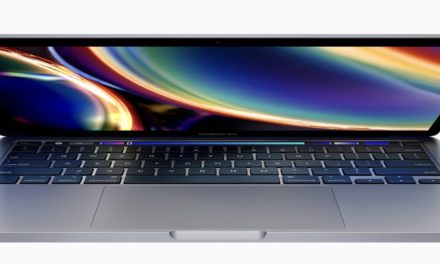Worldwide Chromebook sales to end users is on pace to reach 7.3 million units in 2015, a 27% increase from 2014, according to Gartner, Inc. (www.gartner.com). Education is the primary market for Chromebooks and represented 72% of the global Chromebook market in 2014, says the research group.
“Since the first model launched in mid-2011, Google’s Chromebook has seen success mainly in the education segment across all regions,” says Isabelle Durand, principal analyst at Gartner. “In 2014, the education sector purchased 72% of Chromebooks in EMEA, 69% in Asia/Pacific, and 60%in the U.S.”
In the business segment, purchases of Chromebooks remain low despite interest from small and midsize businesses (SMBs) and vertical industries. Google is increasingly targeting the business segment with its Chromebook for Work suite of office applications and has continuously improved access and functions by making more applications and services available offline.
“Chromebook is a device that can be considered by SMBs or new startup companies that do not have the resources to invest too much in IT infrastructure,” says Durand. “Chromebooks will become a valid device choice for employees as enterprises seek to provide simple, secure, low-cost and easy-to-manage access to new web applications and legacy systems, unless a specific application forces a Windows decision.”
Google is gaining credibility and seeing success with Chromebooks in the consumer retail space, but has to improve brand awareness, especially outside the U.S. market, where consumers who may be familiar with apps such as Google Docs do not know what a Chromebook is and what value it may bring, according to Gartner.
“The majority of Chromebook users are tech-savvy individuals who purchase one as a companion device to their primary notebook or desktop PC. Others are buying a Chromebook for the household to use as a second low-cost PC alternative,” says Durand. “The major factors that affect the adoption of Chromebooks by consumers remain the connectivity issue in emerging markets, but also the ability for users to understand and get used to cloud-based applications, and keep content in the cloud and ecosystem.”
From a regional perspective, 84% of Chromebooks were sold in North America in 2014, with the U.S. market the largest single market in 2014. EMEA, which represented 11% of total sales of Chromebooks in 2014, is the secondary focus for vendors with Western Europe as the primary target. In Asia/Pacific the Chromebook market represented less than 3% in 2014, with demand coming from Australia, New Zealand and Japan.



